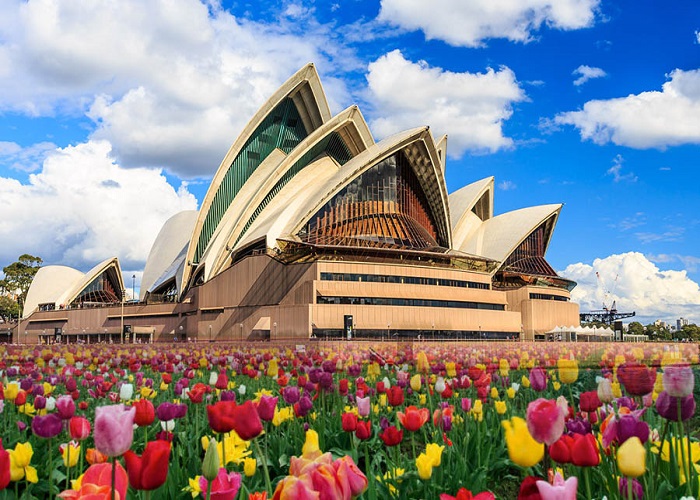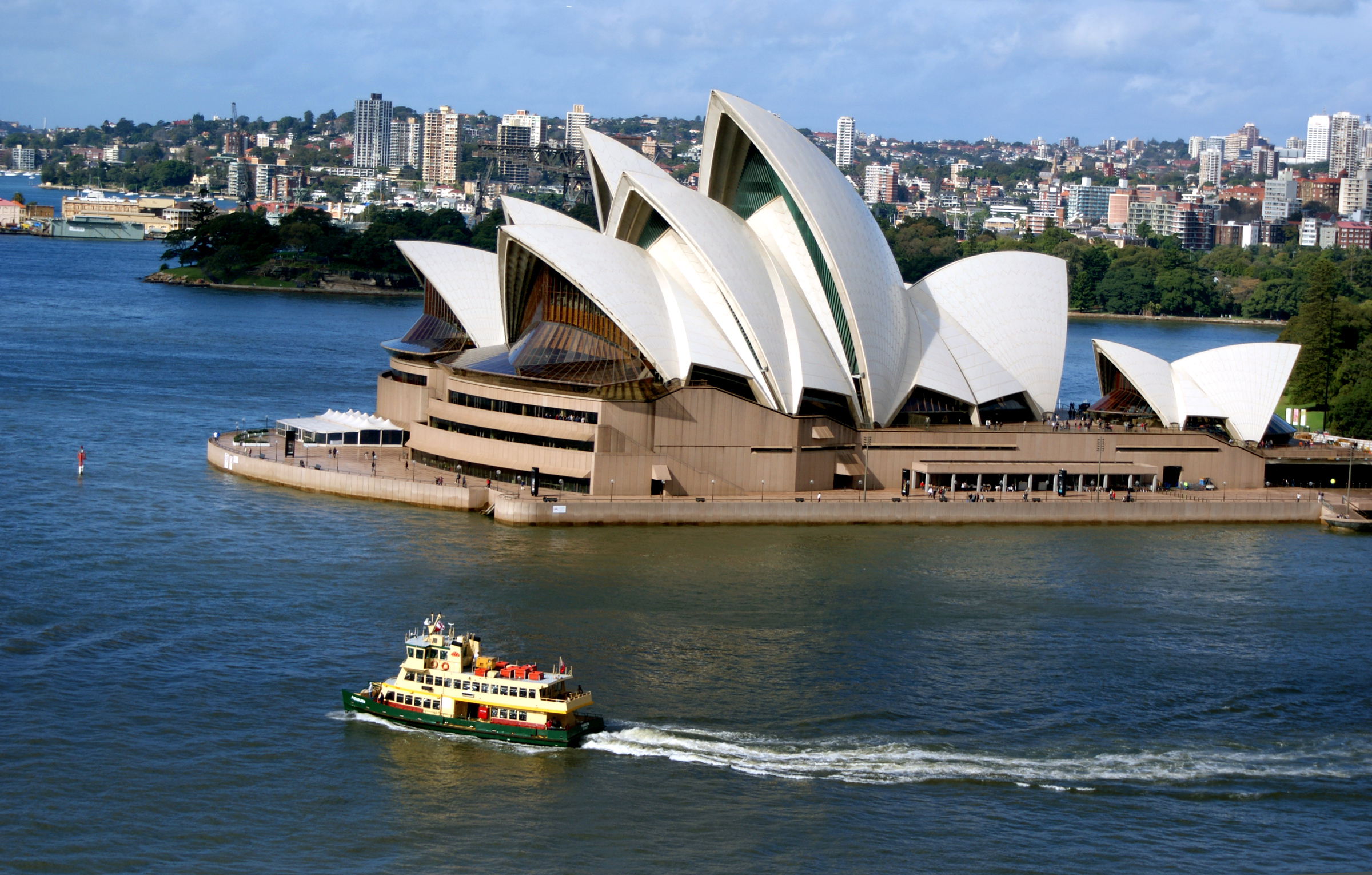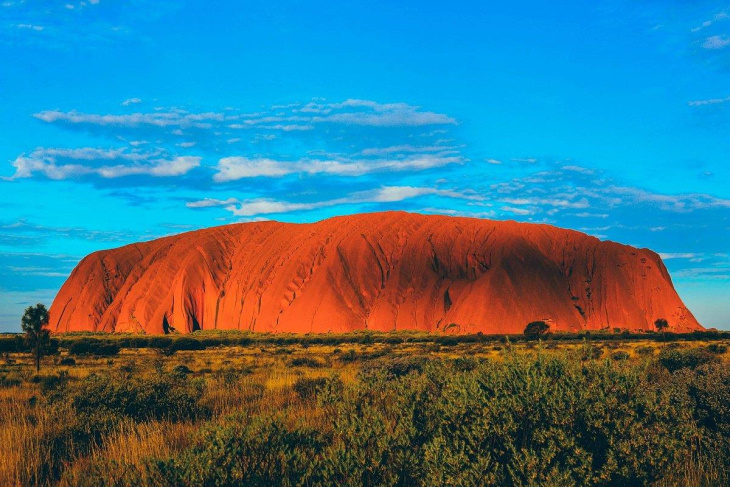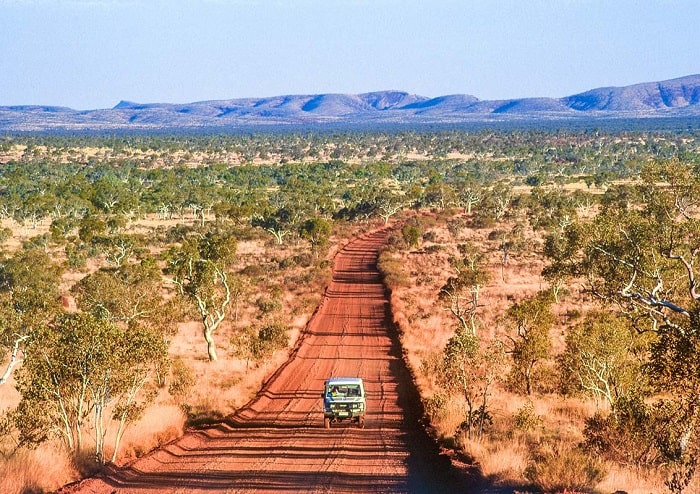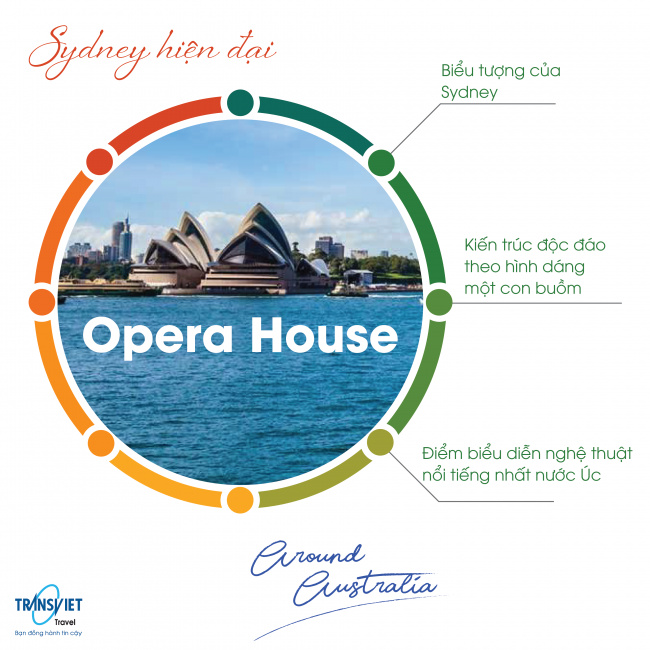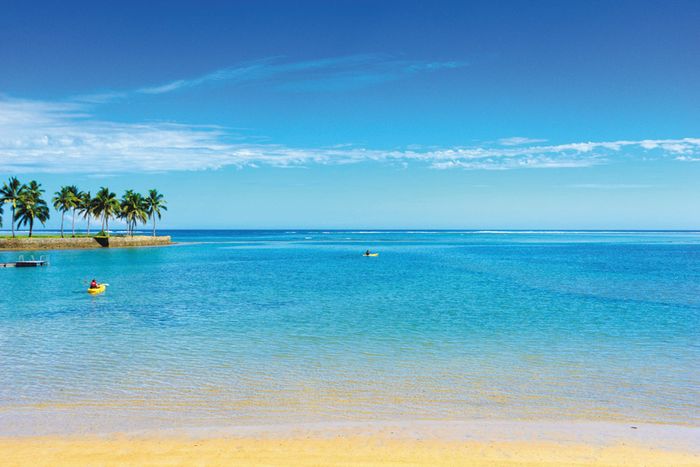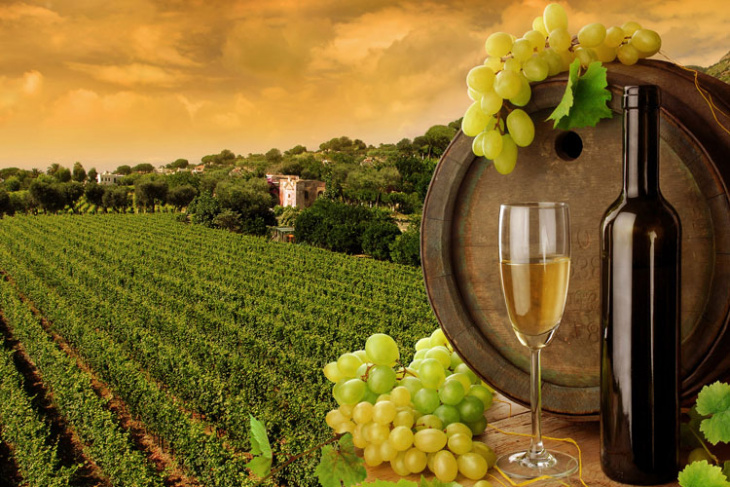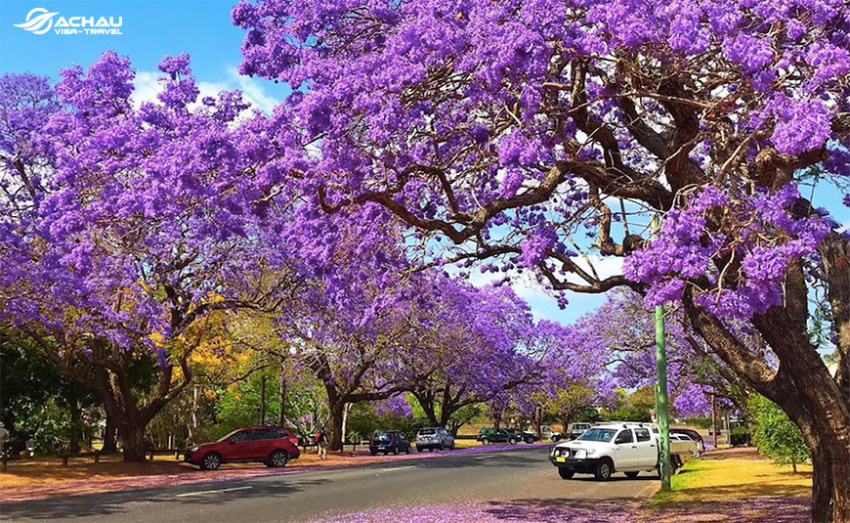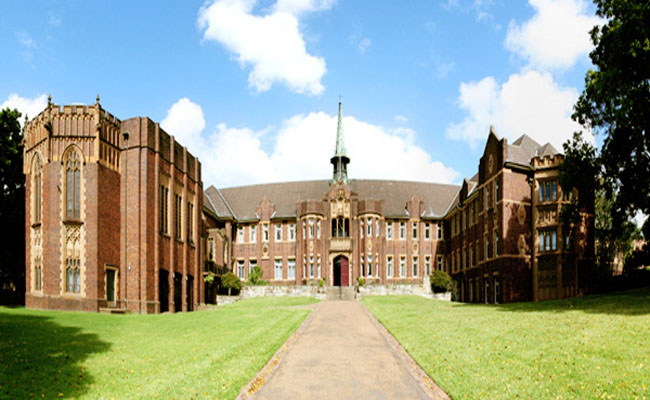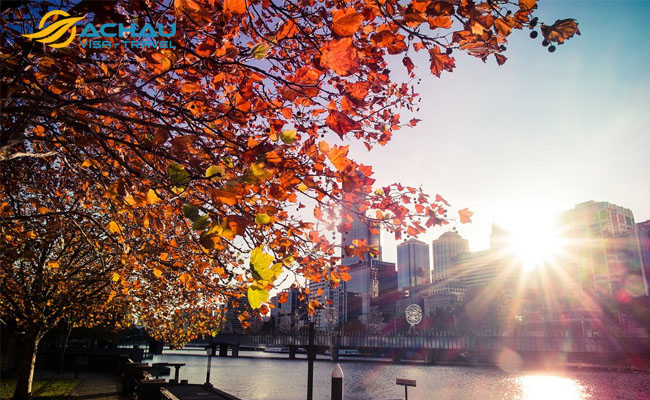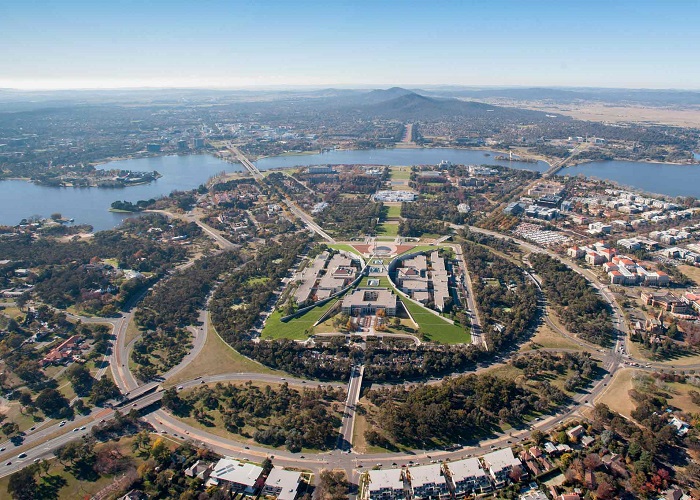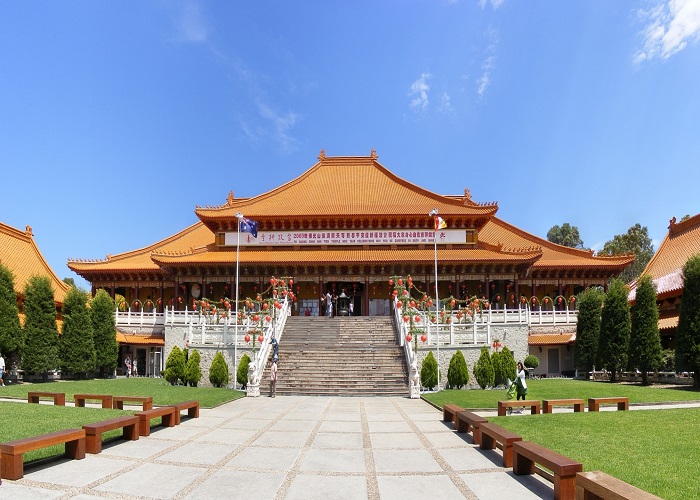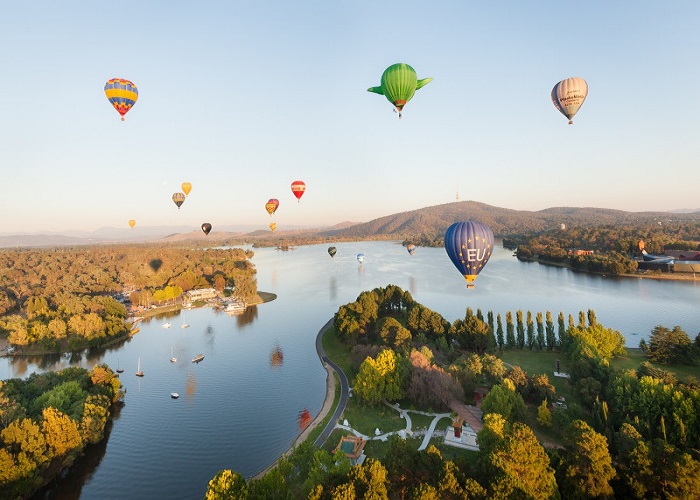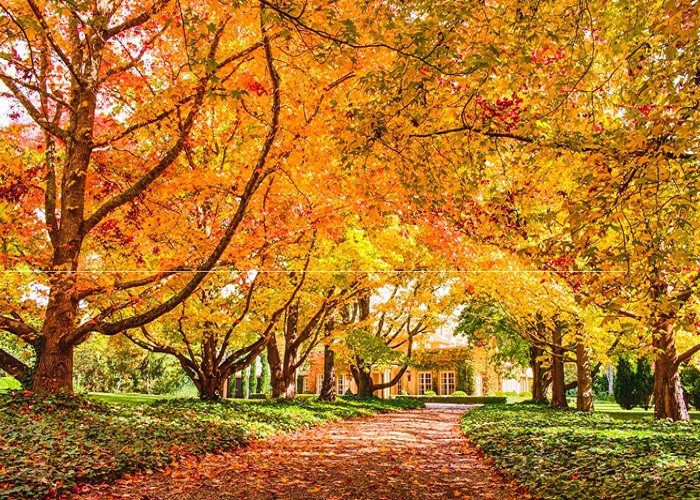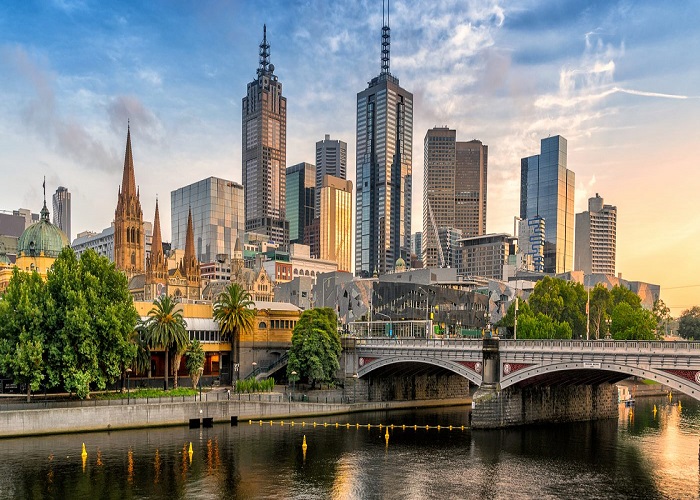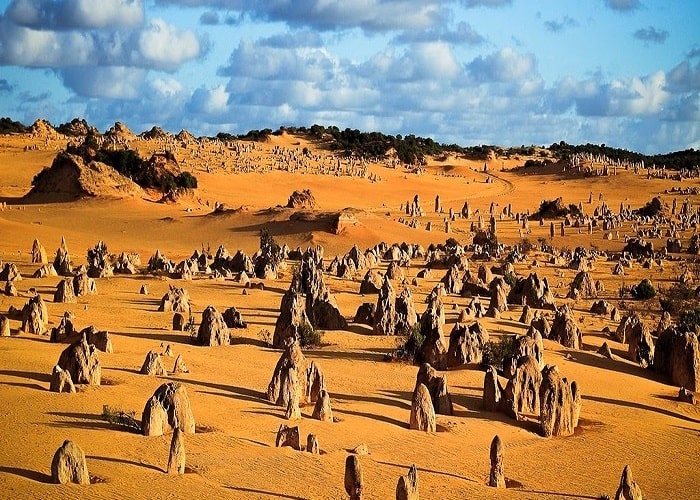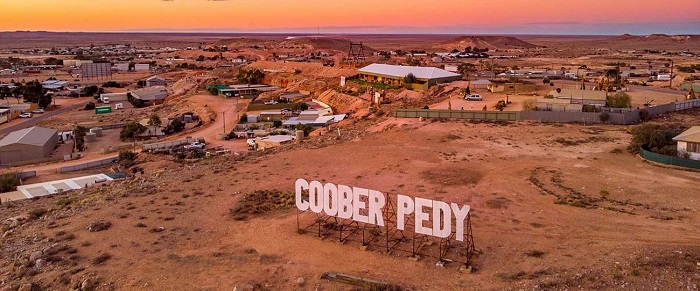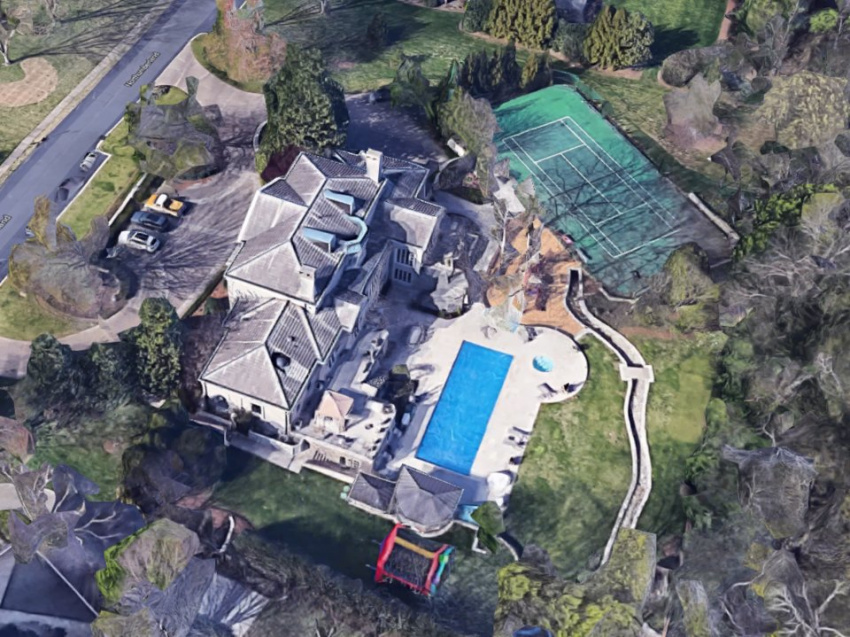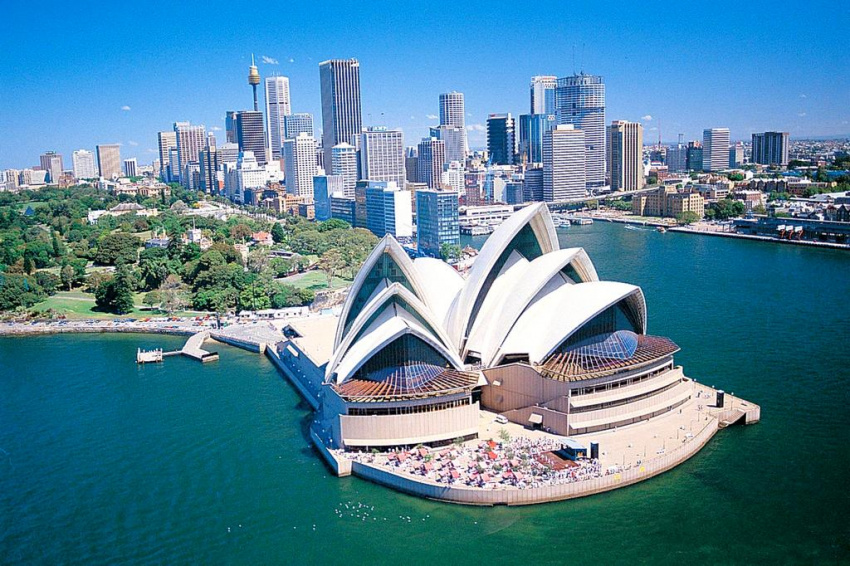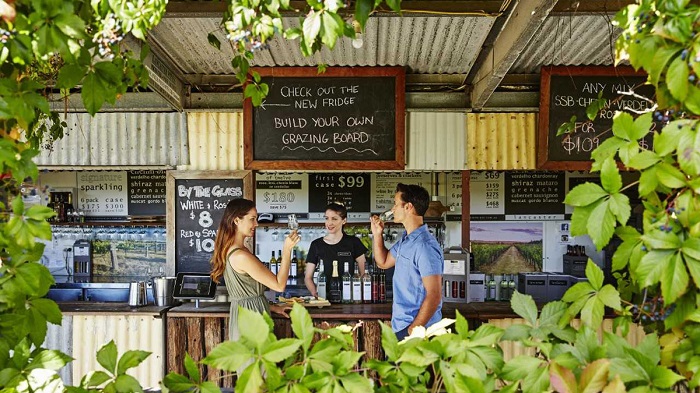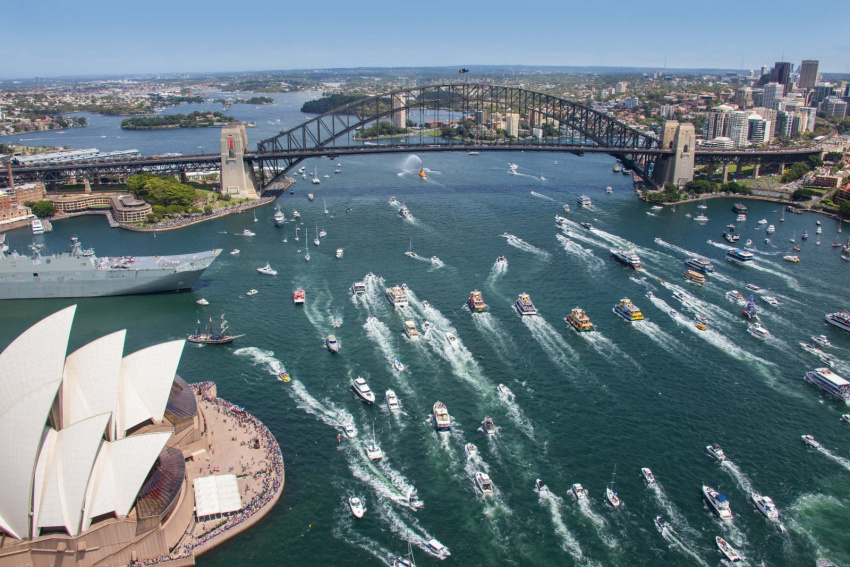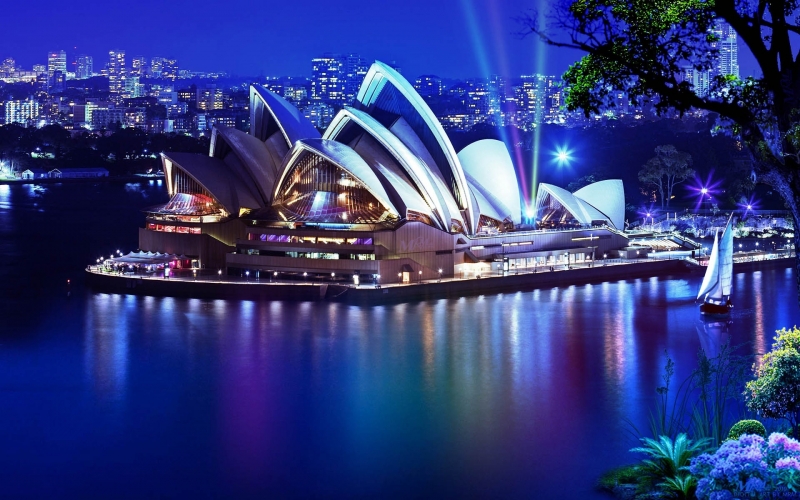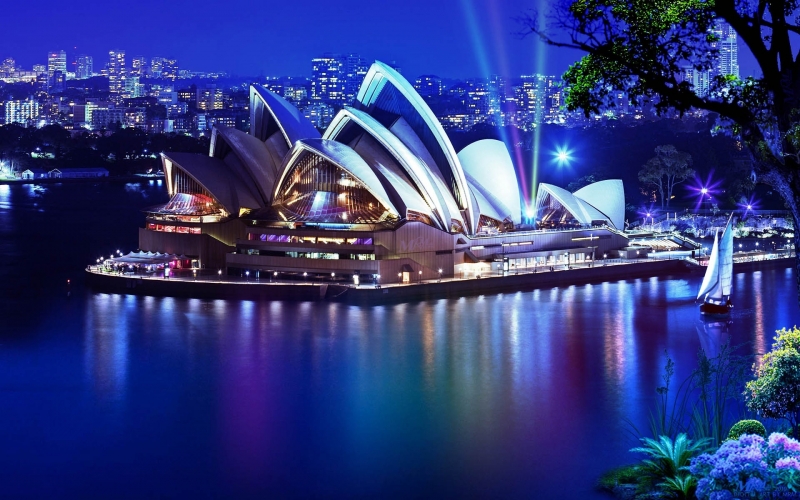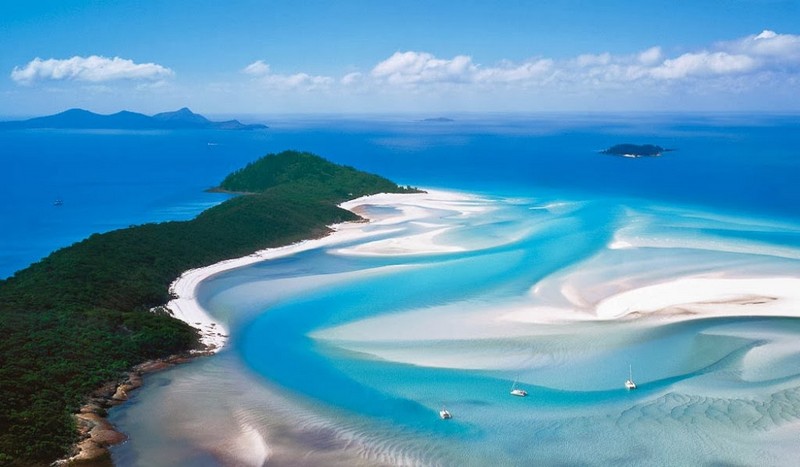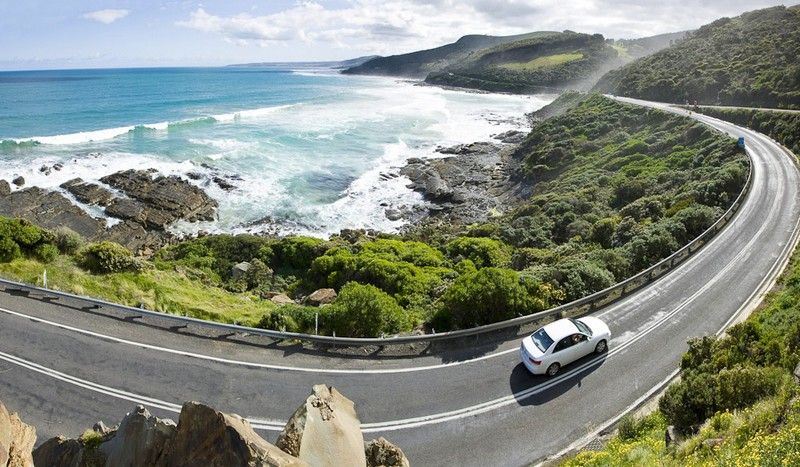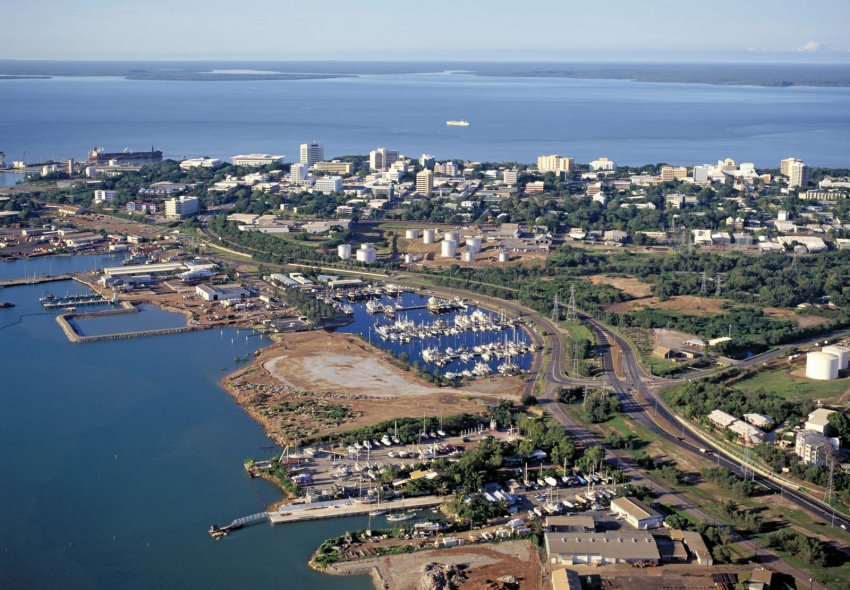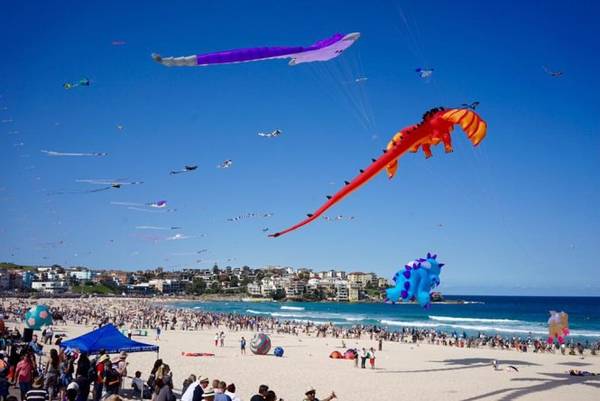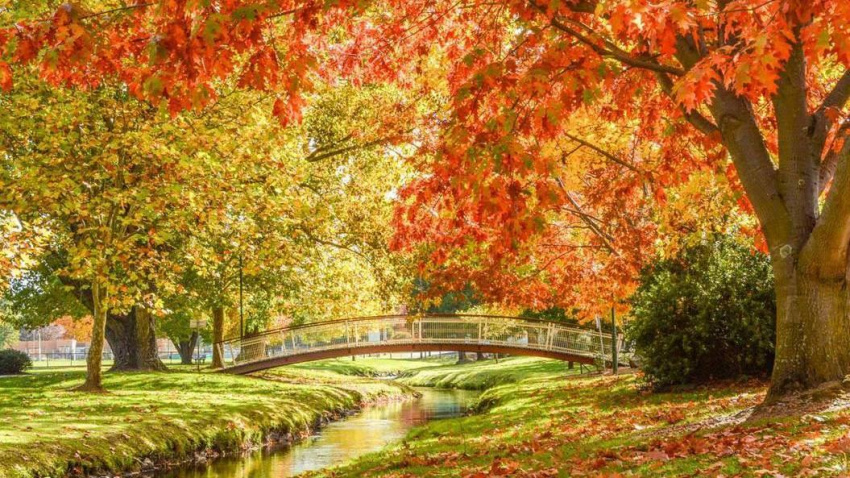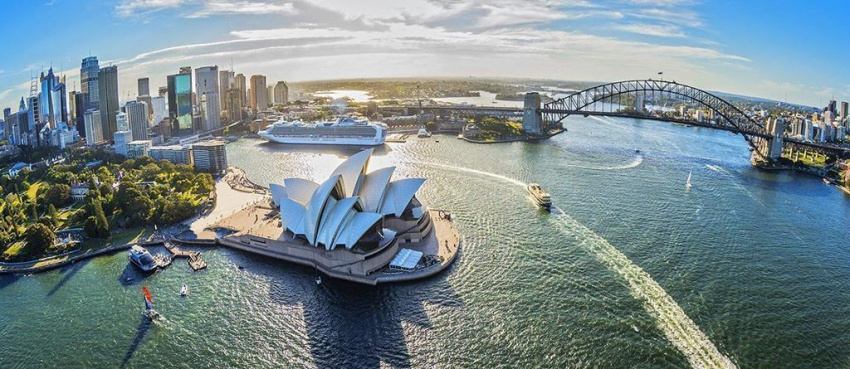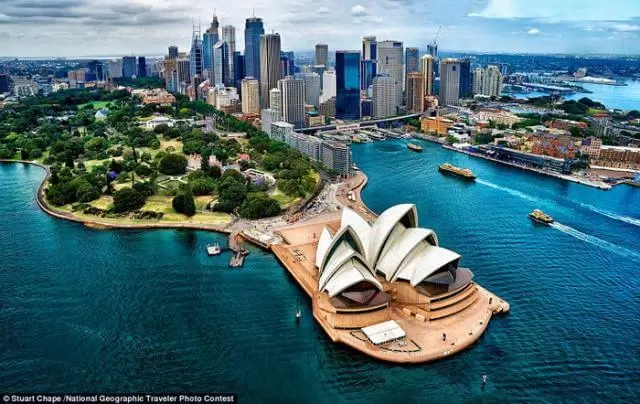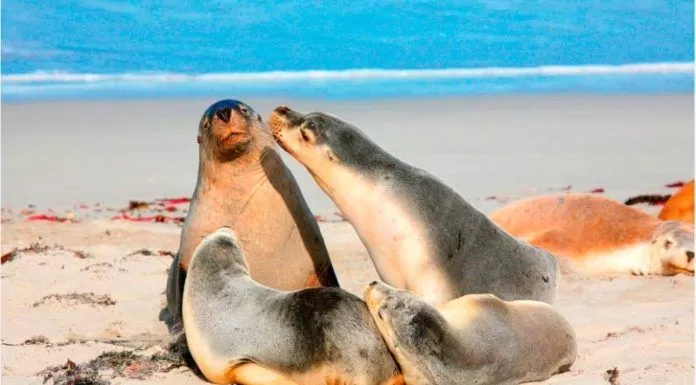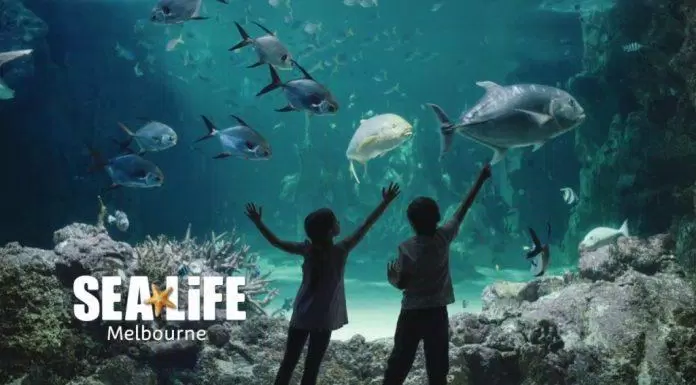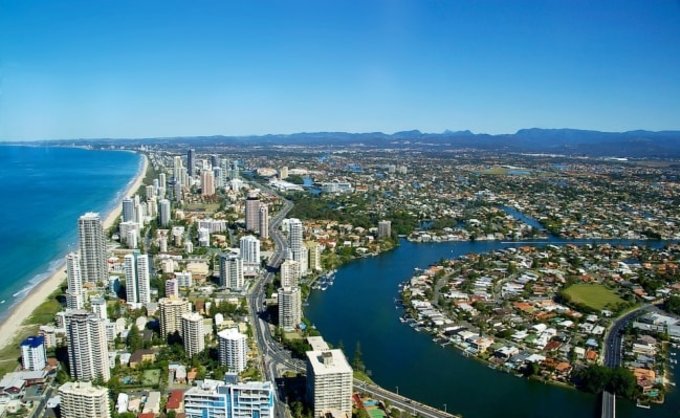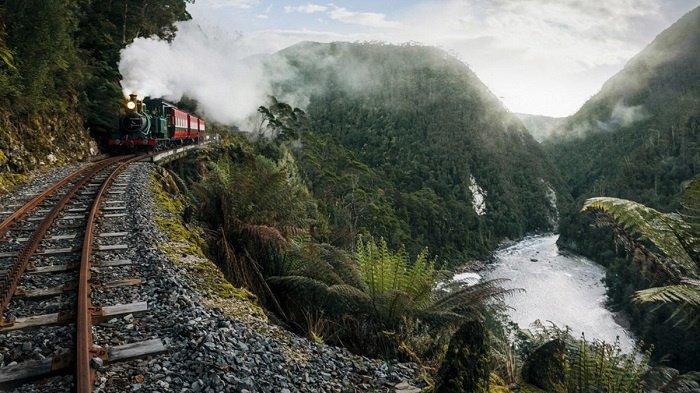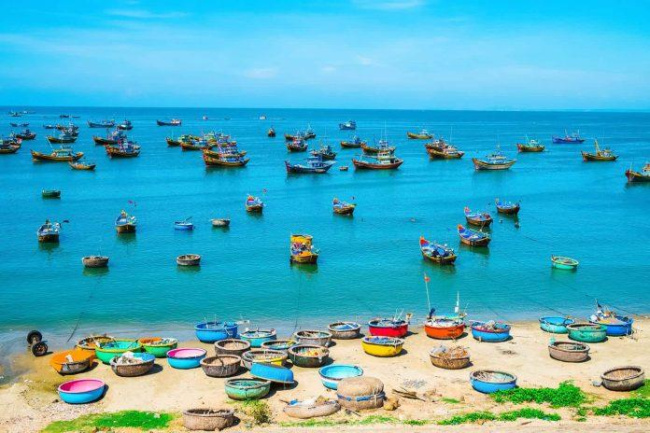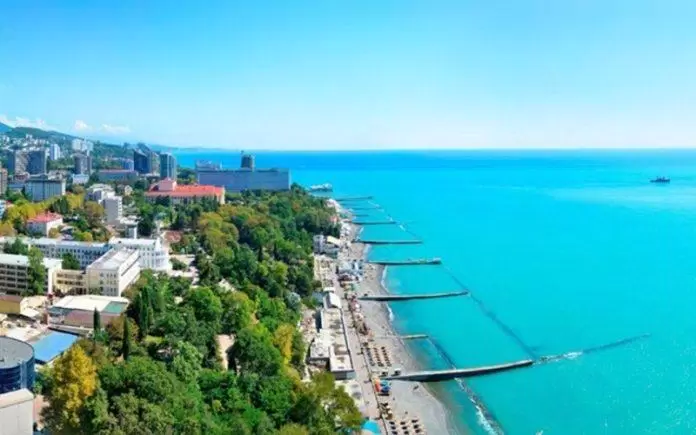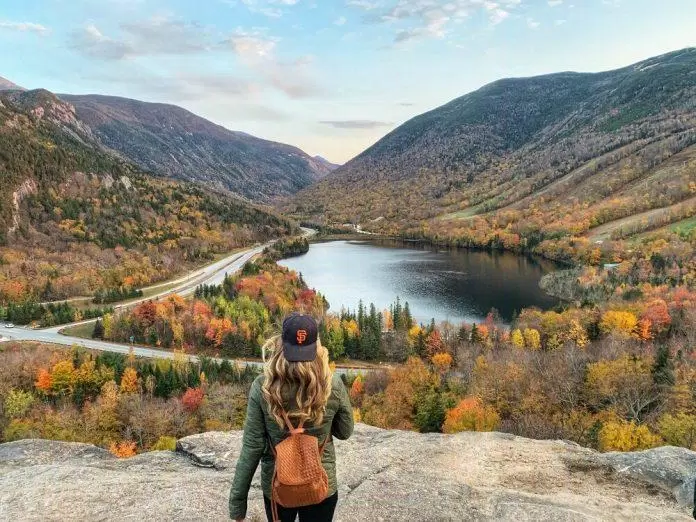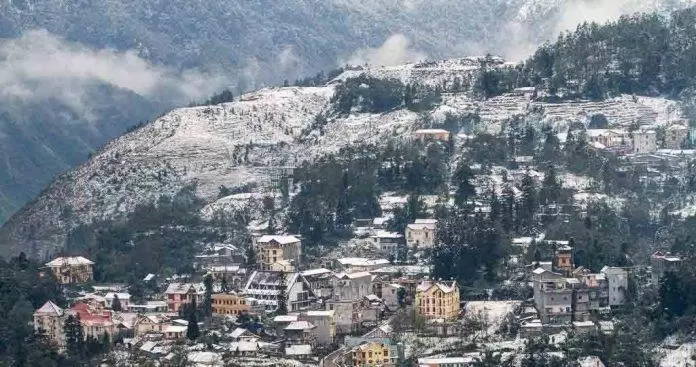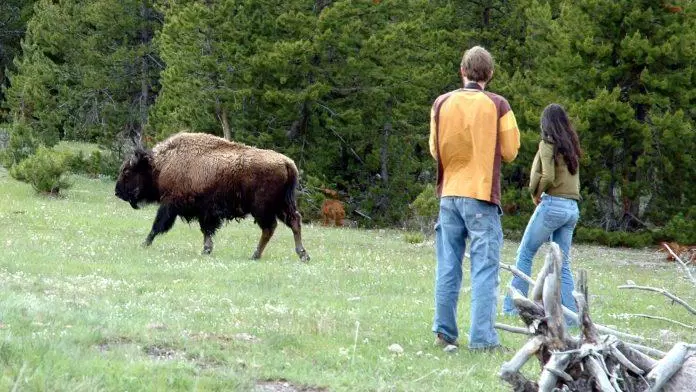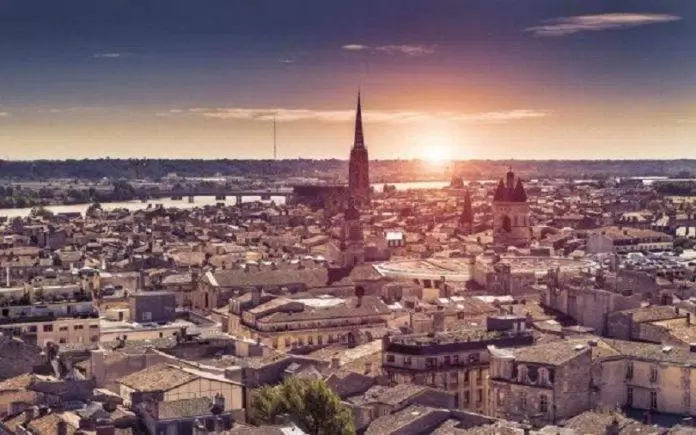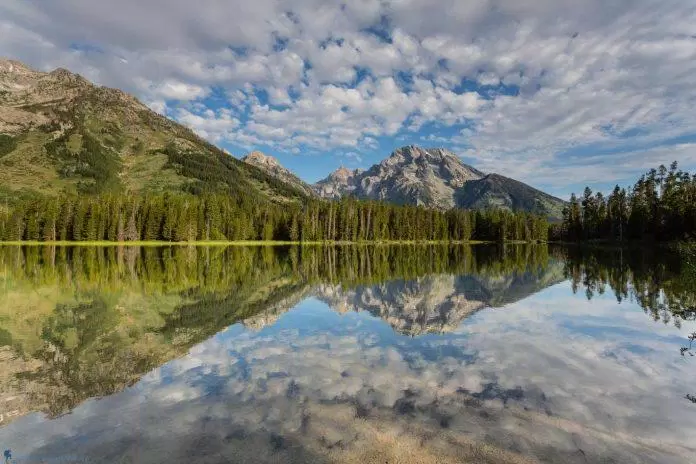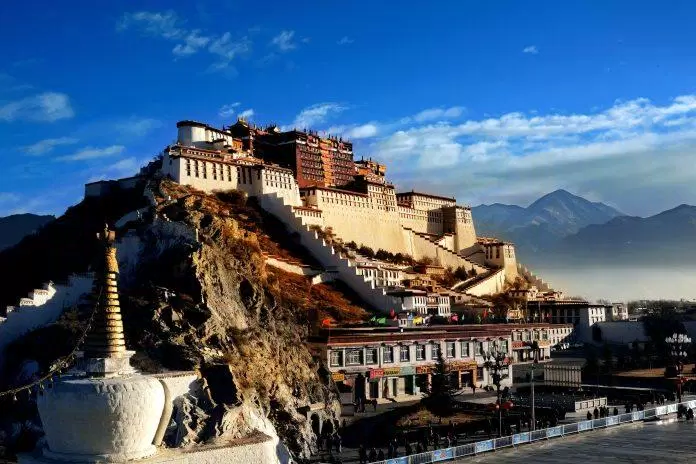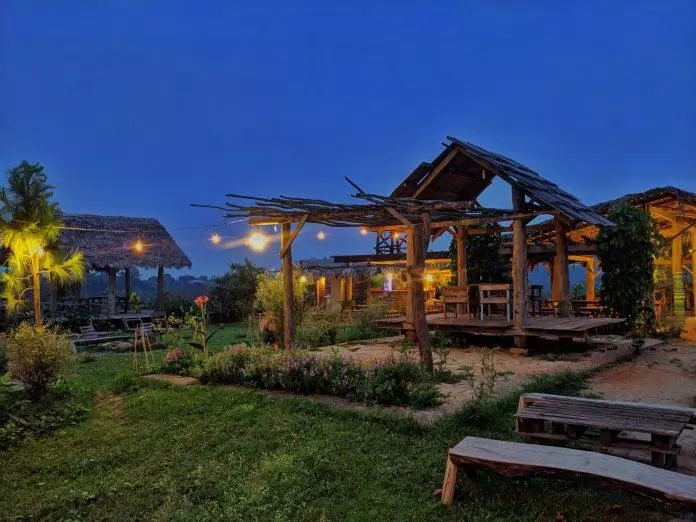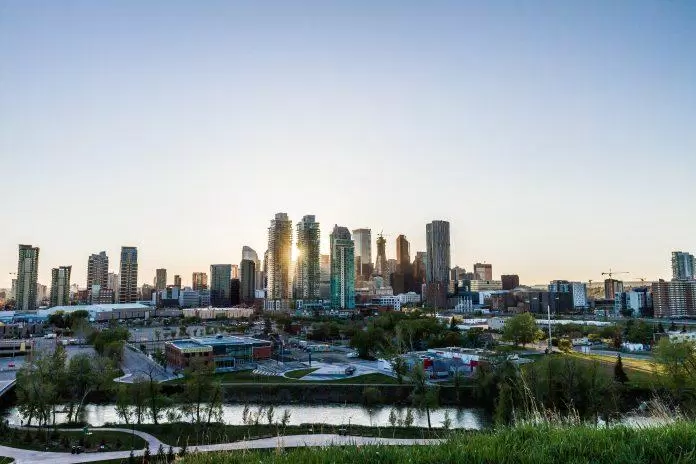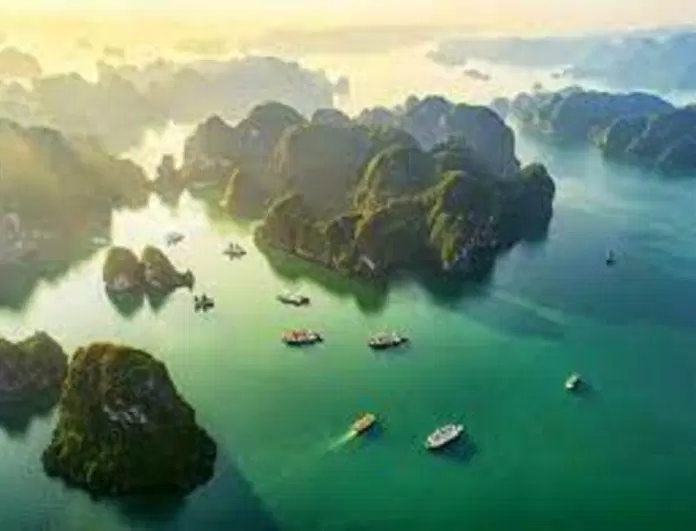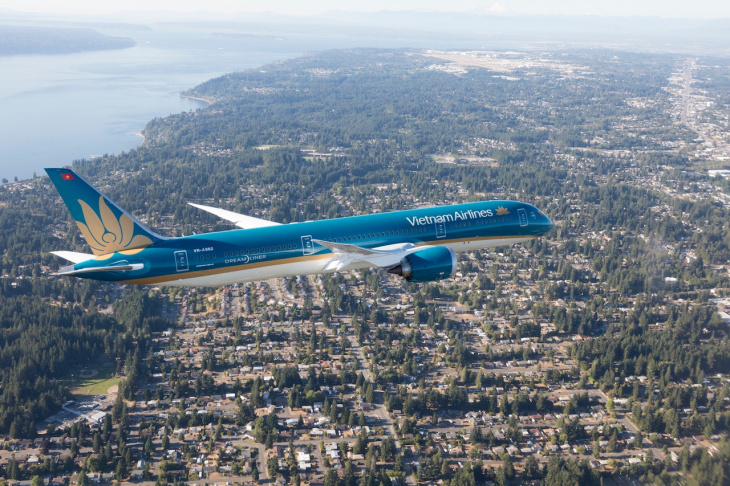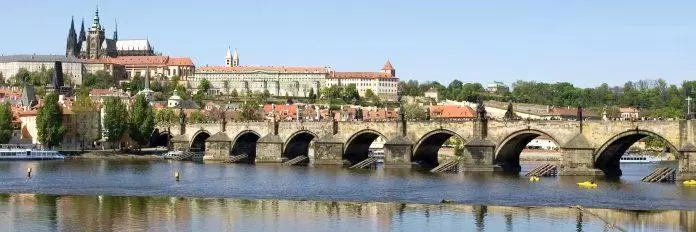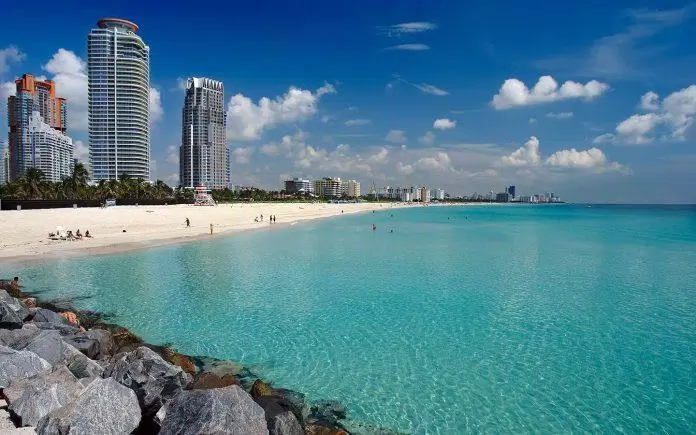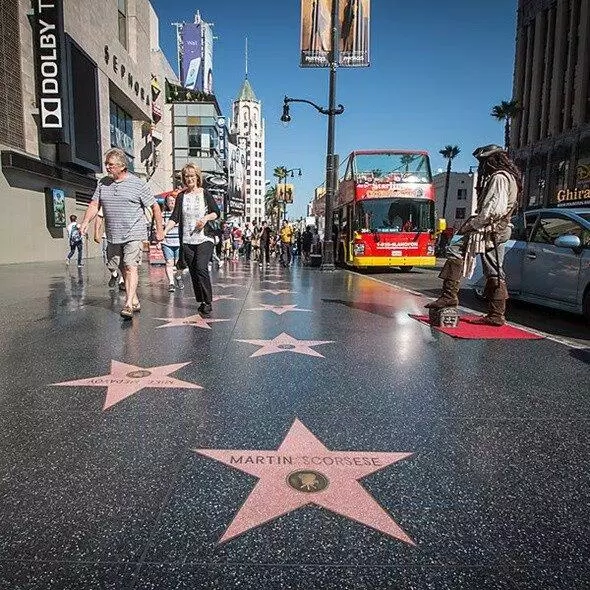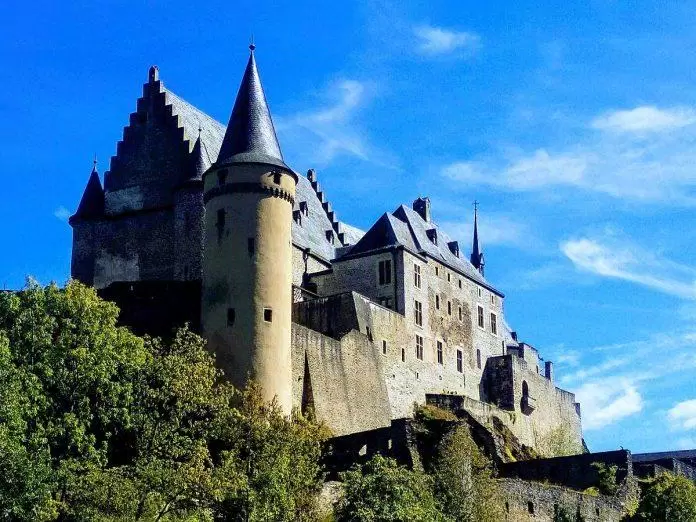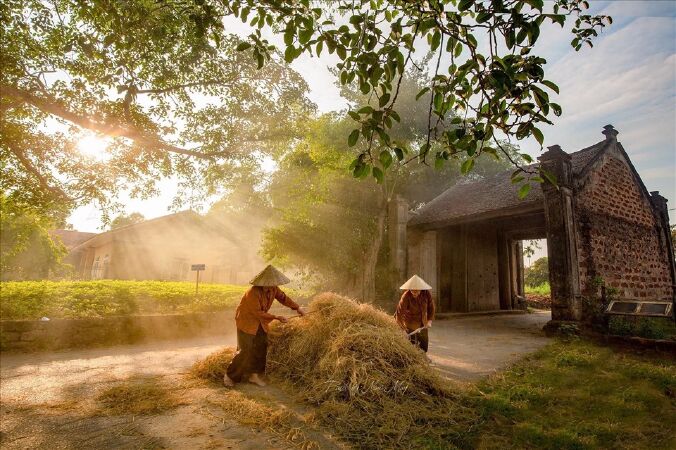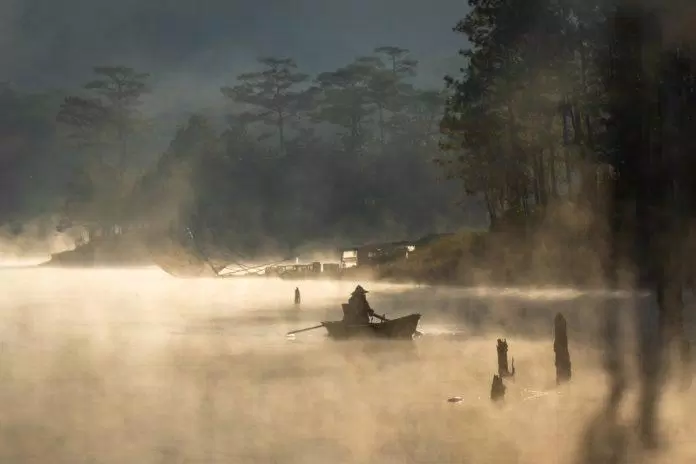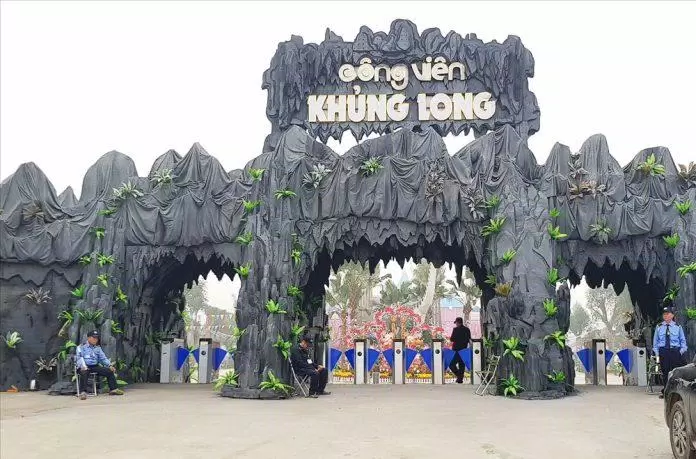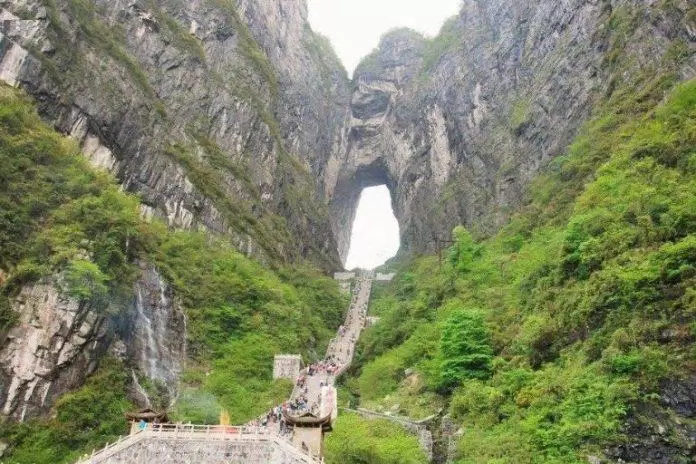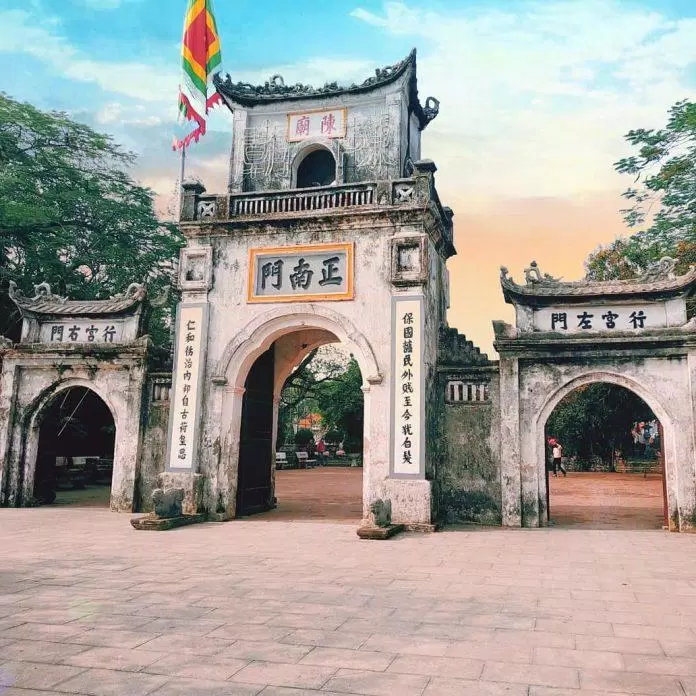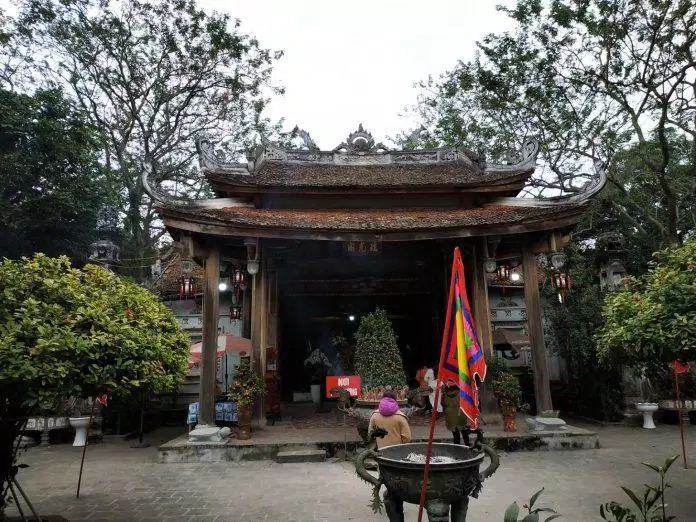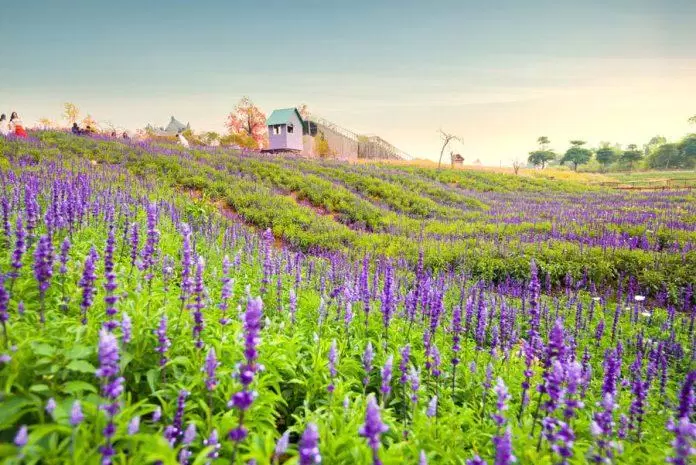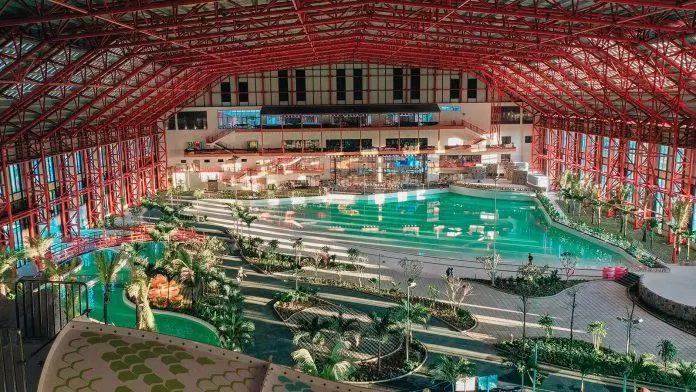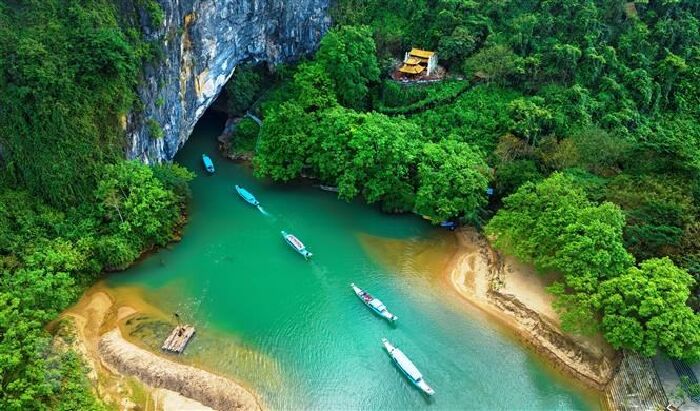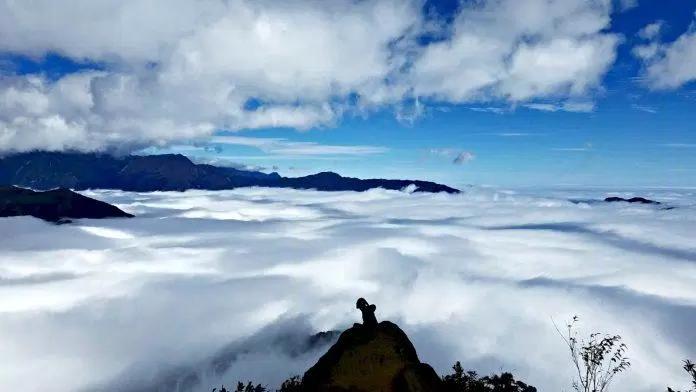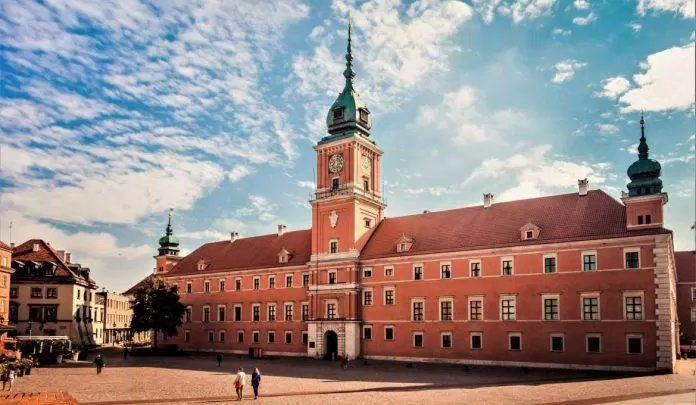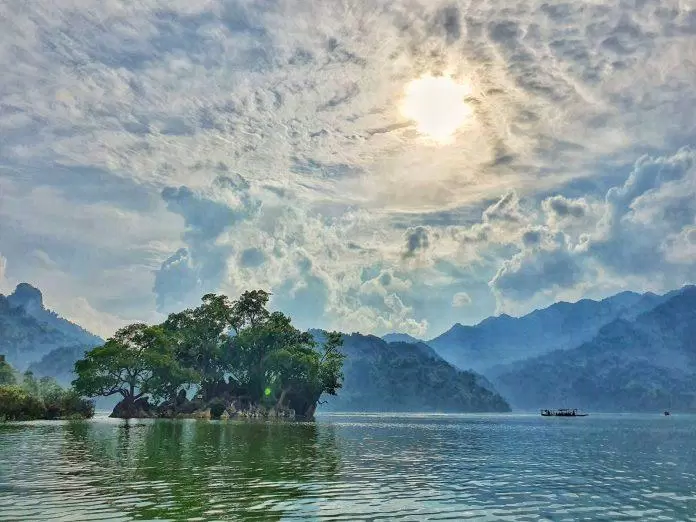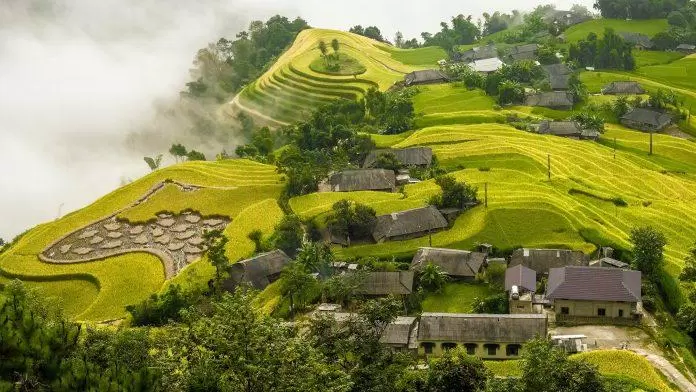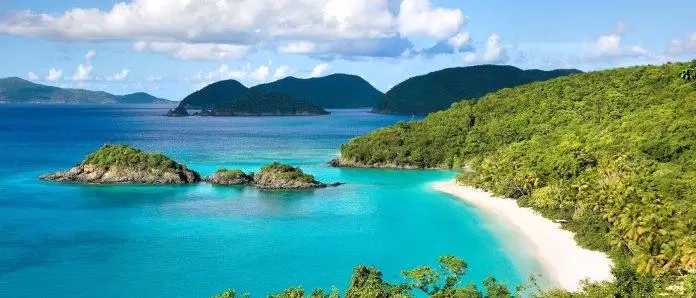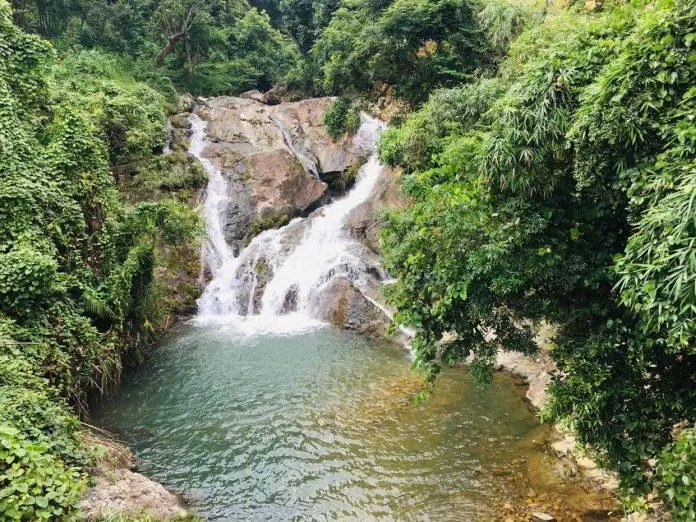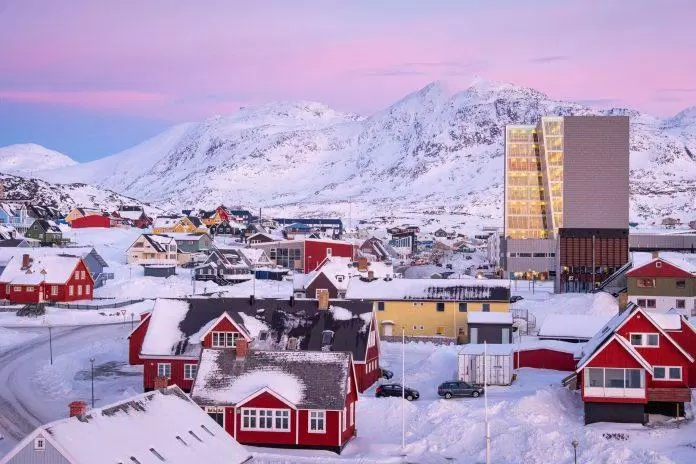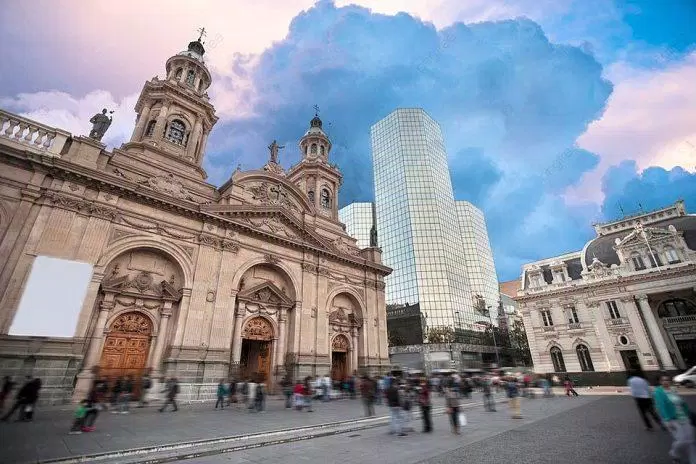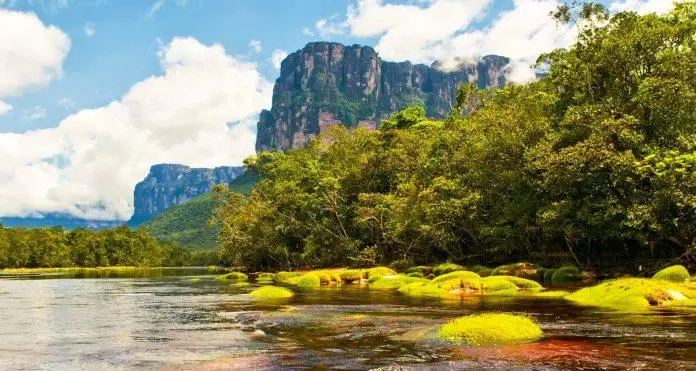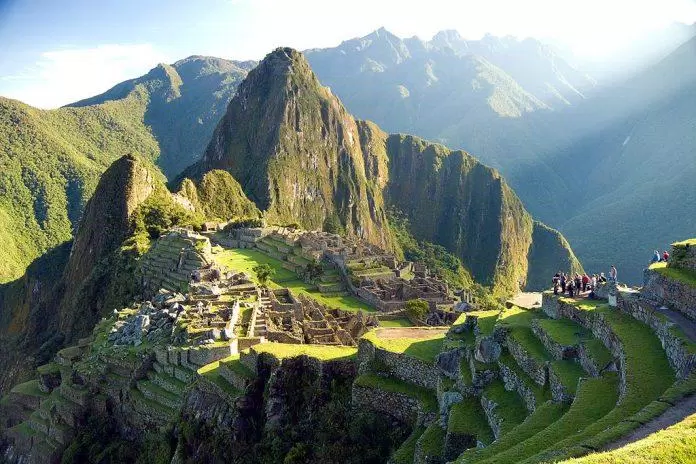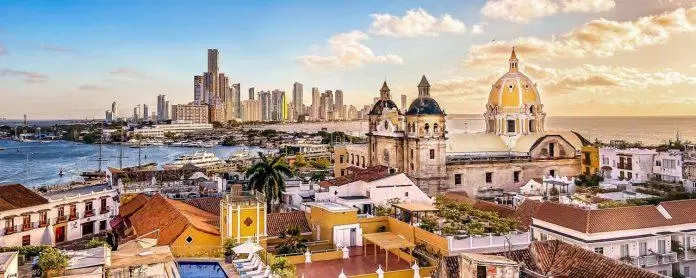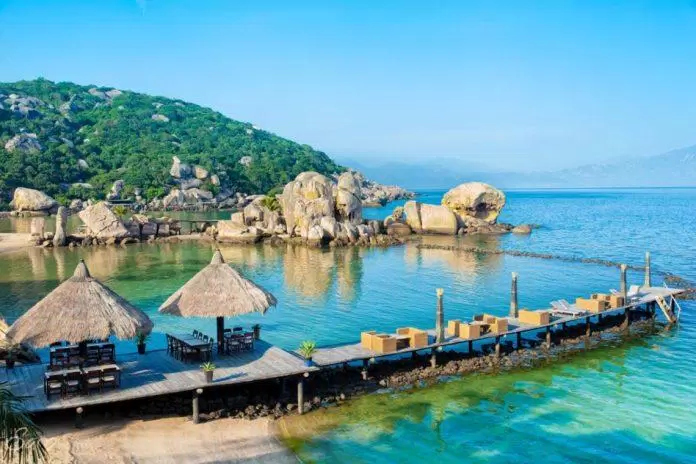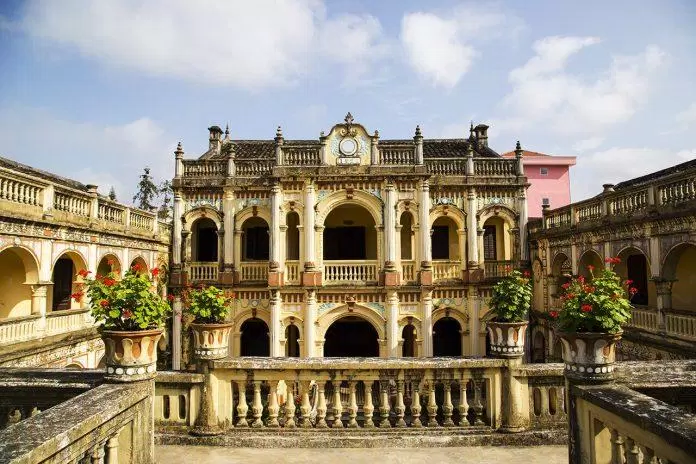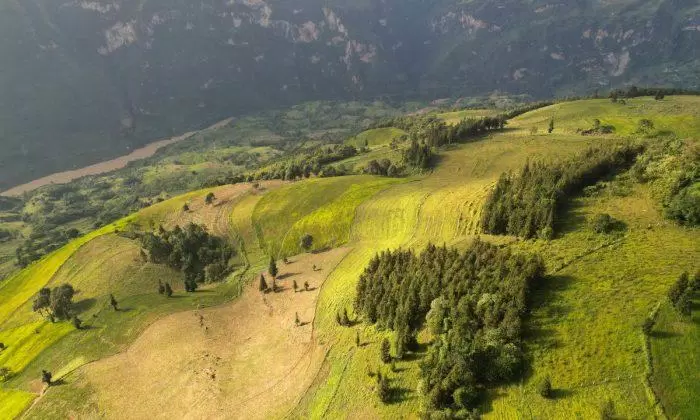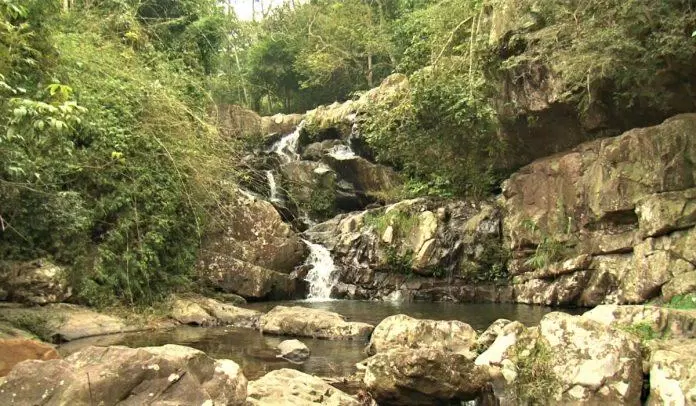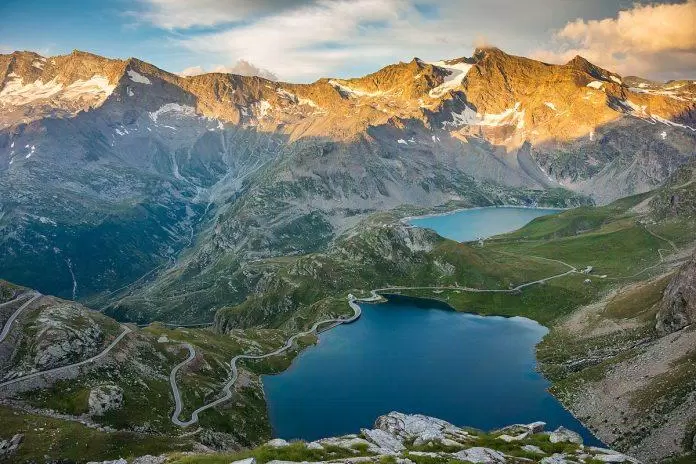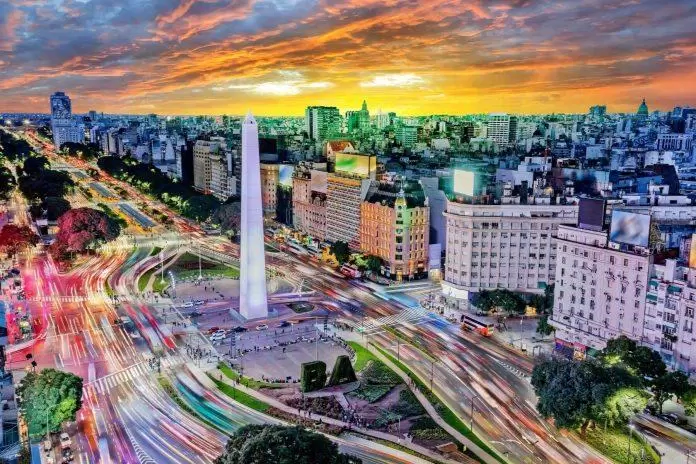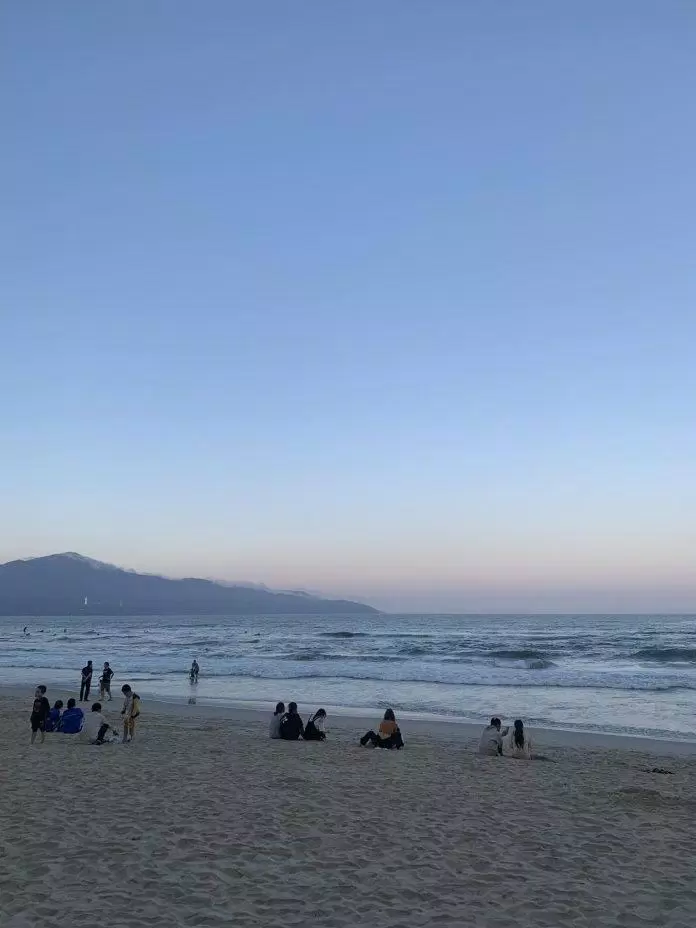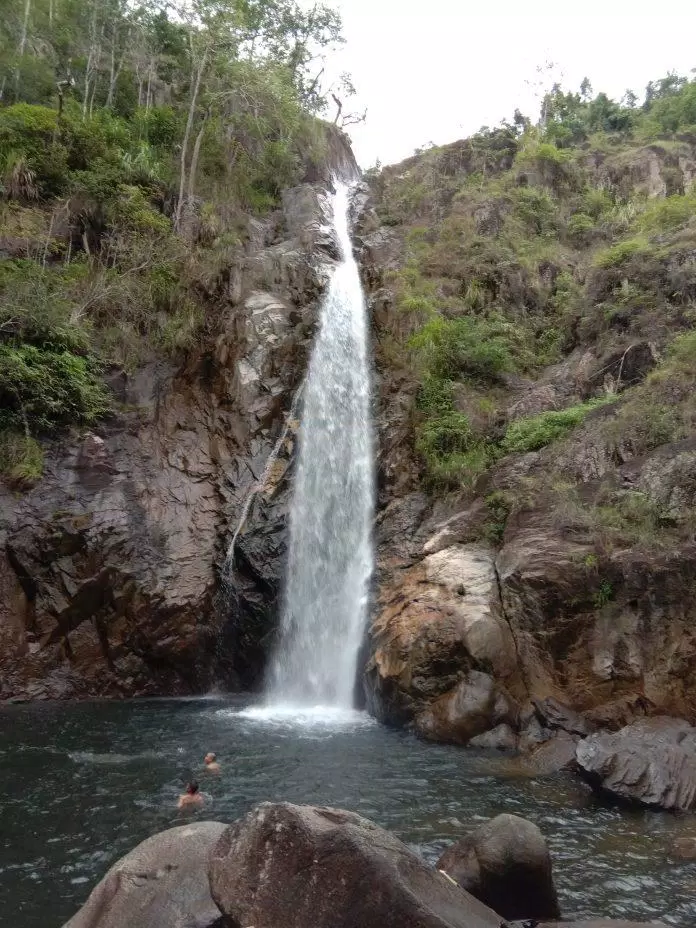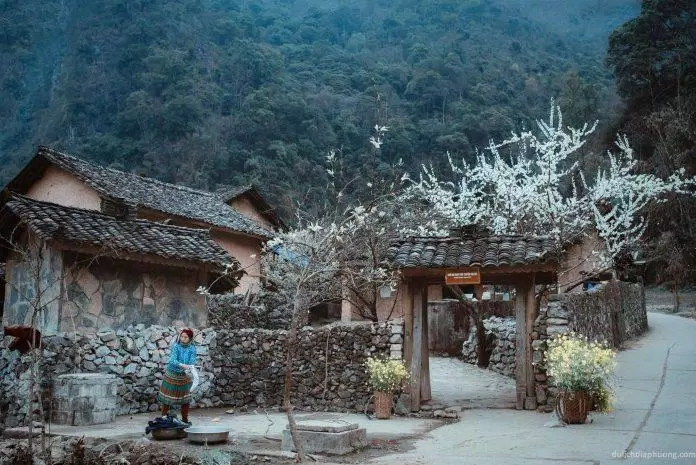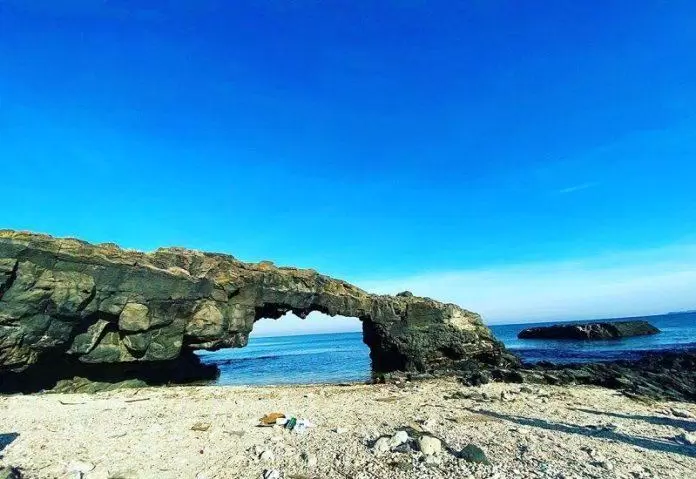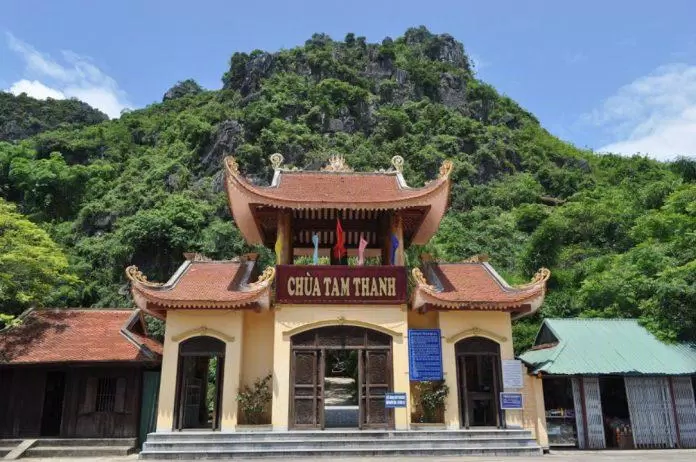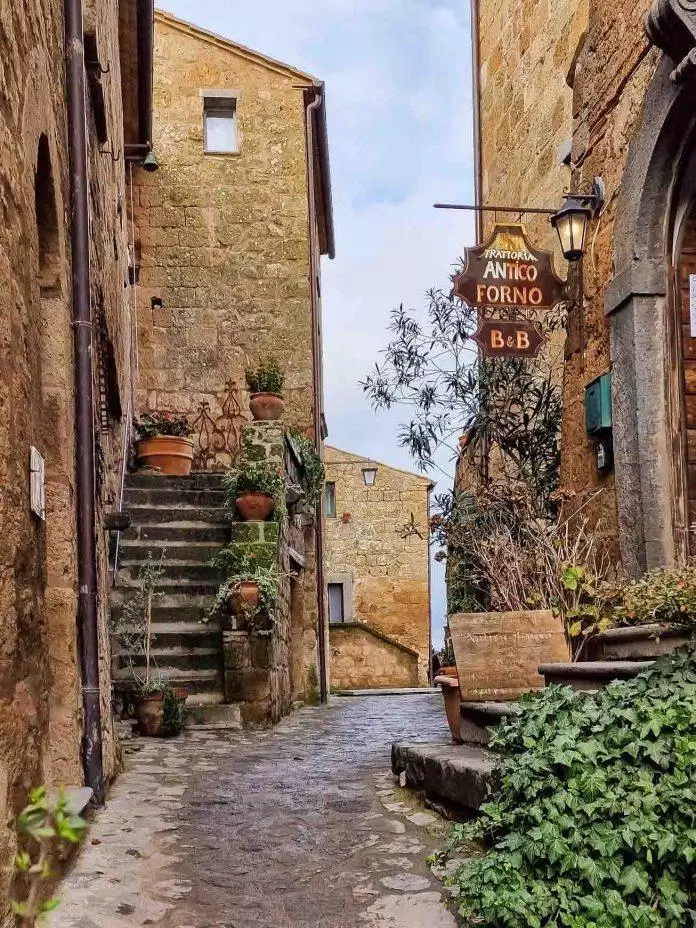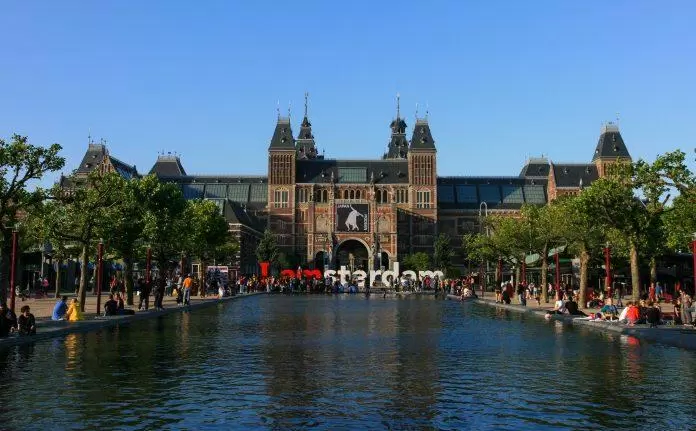Top 10 Kỳ quan thiên nhiên hùng vĩ nhất nước Úc

Australia is a country filled with endless and beautiful natural wonders. It has many amazing and inspiring places that are unique in the world. Have you ever dreamed of once visiting the land of kangaroos and koalas? If you ever visit Australia, don’t forget to visit the natural wonders that chúng mình introduces below!
Contents
- 1 Lord Howe Islands
- 2 Great Barrier Reef
- 3 The Pinnacles Desert
- 4 Ayers Rock Mass
- 5 The huge ancient stone cluster Kata Tjuta
- 6 Kings Gorge
- 7 Twelve Apostles Limestone (12 Apostles)
- 8 Kakadu . National Park
- 9 Fraser Island
- 10 Shark Bay
Lord Howe Islands
Separated from the sea, far from the mainland, the island’s topography includes many volcanoes lying on the seabed along with extremely spectacular mountainous terrain with an average height of up to 2000m, Lord Howe Island recognized include many endemic and rare bird species, up to about 130 species but the risk of extinction of half of them is extremely high due to environmental pollution. This group of isolated islands in 1982 was recognized by UNESCO as a world natural heritage.
Not only the rich fauna but also the flora of Lord Howe Equally massive, with 64 species of flowering plants, the trunks of which have been around for a long time, the diverse marine flora is always lush all year round thanks to the temperate island climate, leading to precious plant families. Rarely found on the island such as lichens on Mount Gower… all create a scene of a primeval forest that is both mysterious and feels like being lost in a fairy tale.
Lord Howe including the main islands of the Admiralty group, Mutton Bird and Balls Pyramid islands, with an area of nearly 15km2, the highest point is Mount Gower 875m above sea level. Explore the mainland on the island, where there are up to 50 different diving sites, and this is also the most popular and popular activity for Australian tourists, they can explore the ocean with the world of marine life. Rich from sea turtles, tuna, rainbow parrot fish … in the clear blue water, the sea waves are also quite gentle, visitors are immersed in the scenery of colorful coral reefs.
Great Barrier Reef
With about 3,000 individual reefs and 900 islands, Great Barrier Reef stretching nearly 2,600 km, in the middle of the sea nearly 350,000 km2. This reef is located in the Coral Sea, northeast of Queensland, part of this reef area of the Great Barrier Reef Marine Park of the same name. With its hugeness, stretching over the great sea, the Great Barrier Reef can be seen from space, becoming the largest single coral in the world in 1981, the Great Barrier was recognized by UNESCO as a UNESCO World Heritage Site. World natural heritage, and is considered by CNN as one of the 7 natural wonders of the world and has also become the main symbol of the state of Queensland that visitors visiting this Australian destination are easily recognized.
Coral reefs fluctuate with sea level, according to research, coral sediments have existed here since half a million years ago. The coral reef structure that is living today is starting to develop on the old geology about 18,000 years ago. The Land of Formation Great Barrier Reef formerly an area of coastal plains interspersed with large hills. And as the sea level steadily rose, the corals gradually grew higher on the hills, gradually the islands and hills on the plains were submerged by the increasing sea water, with the rapid increase of the sea. The hills form the atoll Great Barrier growing and becoming the largest today.
The Pinnacles Desert
Located not far from the southwest coast of Australia, Pinnacles is a strange desert with thousands of weathered limestone columns, rising from the golden sand. This desert is located in Nambung National Park, 200 km north of Perth. Limestone formations in the Pinnacles Desert are very unusual, in some places the limestone columns are up to 3.5 m high with jagged, sharp surfaces, while others are small and medium in size and look like stele. graves, termites, fingers or even as tiny as a mouse. These are beautiful natural limestone structures that were formed around 25,000 – 30,000 years ago, after the sea receded leaving behind minerals from the shells. Over time, the sea breezes removed all the surrounding sandy soil and exposed the natural limestone pillars with the bizarre shapes seen today.
Although the rock formation in Pinnacles desert have been around for thousands of years, but they have only been discovered and noticed in recent times. Scientists explain that this desert formation process is mainly caused by winds blowing from the south to sweep away the sand layer, revealing the pointed stone tower located in the northern part of the desert. Pinnacles desert while the winds pulled the sand back and covered the stone towers to the south. Over time, the limestone towers here will be covered by sand again and then washed away. The cycle goes on and on creating more amazing and strange stone tower shapes in the future.
Ayers Rock Mass
The giant stone Ayers towering over the wild savannahs of central Australia is a mountain, but with only a single rock. It is located south of the Macdonnell Mountains, 350 km east of the city of Ailissibulins. The largest monolith in the world is 348 m high, 3 km long, the circumference of the foot of the mountain is about 8.5 km. The four sides of the cliff are steep, the top is flat like a newly cracked island, and it looks like a giant thing resting on the ground, making the mountain appear majestic, magnificent and extraordinary.
Seen from afar, the appearance of the giant stone Ayers round and smooth, a whole mass, without a single blade of grass. Visitors can from many different angles, depending on their imagination, save unique images. But what is most amazing and attracting visitors is the brilliant shade of the ever-changing giant stone. At dawn, the sun had just risen, the whole rock was pale red. By midday, it turned into a red orange, reflecting the sun. In the afternoon, when the sun was about to set to the west, the stone revealed a crimson color, even turning purple. When night fell, it changed into a yellow-brown outer coat to blend in with the surroundings. If it rains heavily or when the rain has just stopped, the giant stone will appear silver ash, mixed with a bit of black, like a leopard lying on the sand.
The huge ancient stone cluster Kata Tjuta
Kata Tjuta, formerly known as The Olgas, is a huge cluster of ancient rock formations, 30 km from Uluru in Australia’s Red Centre. The 36 rock dunes forming Kata Tjuta are scattered in an area with an area of more than 20 km. The world famous single sandstone mountain has a height of 348 meters, with a large amount of its rock lying below the ground. Many aborigines here believe that the gods transformed into Uluru are from the turtle god. Kata Tjuta, which means many heads, is a group of 36 stone arches dating back 500 million years. Both Uluru and Kata Tjuta have great cultural significance for the traditional Anangu landowners.
Seen from afar, Giant Rocks Kata Tjuta round shape and smooth glossy, whole block. This rocky mountain has a height of 348m, a length of 3km, the circumference of the foot of the mountain is about 8.5km. The most special thing, this rocky massif does not have a single plant. The four sides of the cliff are steep, the top is flat like a newly cracked island, and it looks like a giant animal resting on the ground, making the mountain appear majestic and magnificent.
Kings Gorge
Kings Gorge located in the Watarrka National Park area in the Northern Territory. The soaring cliffs of Kings Canyon were formed when tiny fissures eroded over millions of years. These majestic red rock formations soar high above the palm grove. It is an important biodiversity reserve, home to more than 600 species of native flora and fauna. Visitors need 3 to 4 hours to go through the challenging 6 km Kings Canyon Rim Walk.
Kings Canyon Canyon with a maximum depth of 8,200 feet (2,500 m), is one of the deepest canyons in the United States. The canyons are carved by glaciers onto the granite blocks. Kings Canyon and its unincorporated area, Cedar Grove, is the only area of the park that is accessible by motor vehicle. Chief Kings Canyon and the Tehipite Valley region, both deeply carved by glaciers in a U-shape that make the canyon relatively flat in its depressions and granite cliffs towering thousands of feet. In addition, the canyon has many cave systems, one of which is Boyden Cave, which is open to the public.
Twelve Apostles Limestone (12 Apostles)
Twelve Apostles The (12 Apostles) is a complex of limestone with strange shapes, about 45 – 50 m high, located about 7 km from the coast of Port Campbell National Park, Victoria, Australia. This complex is one of the most famous sites along the nearly 243km Great Ocean Road, located 97km southwest of Melbourne. Originally, this limestone population was named Sow and Piglets. In it, the island of Muttonbird, near Loch Ard Gorge, is considered as the “mother pig” and a collection of smaller rocks called “piggy”.
Then, Sow and Piglets was renamed Apostles because the limestone blocks standing next to each other remind people of the story of Jesus and the 12 apostles at the last meal. The name The Twelve Apostles The (12 apostles) was chosen as the final name for this place, although those who have come here have wondered that only 9 stone blocks exist. In 2005, one of them suddenly collapsed and this place is now only 8 stone blocks.
Kakadu . National Park
Kakadu . National Park located in the southeast of Darwin, the capital of the Northern Territory, 170 km north of the city and about 60 km northeast, Australia. Kakadu National Park is 19,000 square kilometers, is one of the most beautiful national parks in Australia with many rare native flora and fauna. It converges 1,600 different species of flora and fauna, including 275 species of birds, 75 species of reptiles and 25 types of frogs, about 10,500 species of insects.
Besides that, Kakadu There are also picturesque waterfalls, or the rocky mountains of Nourlangie and Ubirr with unique drawings. Weather conditions in Kakadu National Park are extremely favorable with the strong development of the ecosystem in the region with two distinct dry and rainy seasons. The highlight of Kakadu National Park is the beautiful scenery from unspoiled nature, the rich and diverse ecosystem and the unique aboriginal culture. The World Heritage Organization has recognized Kakadu National Park as Australia’s largest tourist wonder.
Fraser Island
Fraser Island It can be much bigger than you imagine. The island also has tropical rainforest growing on the sand, numerous freshwater lakes and is one of the few rare places in Australia where wild boats can be seen. Fraser Island is quite large with a length of about 120 km and a width of 24 km. Australia’s Fraser Island has a permanent population of only a few hundred and there are no roads on the island, only narrow sand dunes zigzagging in the middle and a long beach that acts as a highway stretching along the east coast and is a tourist destination in Australia is still quite unspoiled.
An amazing place, this bay has a bar right on the pier and is a great place to watch the sunset. This is one of the few rare places on the east coast of Australia where you can actually see the sun set over the water. The beach is also a beautiful place to walk. There are thousands of small crabs moving in large groups at low tide and it is a fascinating phenomenon to see.
The freshwater lake is located on Fraser Island Australia This sand is so soft and white that you can hardly believe it is real! You can spend the day floating in the pleasantly warm waters of the lake. The water here is made up of rainwater that accumulates on the trees to form so there is not a single species of plant and animal that can survive in the water. To get there, you will have to drive through the sandy roads in the middle of the island.
Shark Bay
800 km west of the Australian coast, Perth, Shark Bay with wavy limestone coastline, white sand dunes and cliffs stretching up to 1,500 km. The bay has many shallow peninsulas and is home to 10,000 manatees, dolphins and other threatened species, with the most diverse seagrass forests in the world.
Shark Bay located in the Western Gascoyne region, which was recognized as a World Heritage Site in 1991, includes many protected areas such as Shark Bay Ocean Park, Francois Peron National Park, Hamelin Pool Marine Reserve, and Conservation Area. Zuytdorp Nature Reserve and many islands are protected by the Australian Government. Shark Bay is a bay going inland to form a giant “swamp”. Therefore, the salinity of seawater in the bay is higher than normal sea water.
The majestic natural wonders above will be the ideal tourist destinations that you cannot miss if you have the opportunity to set foot in the land of Kangaroo!
Đăng bởi: Hồ Ngọc Thanh Trâm

